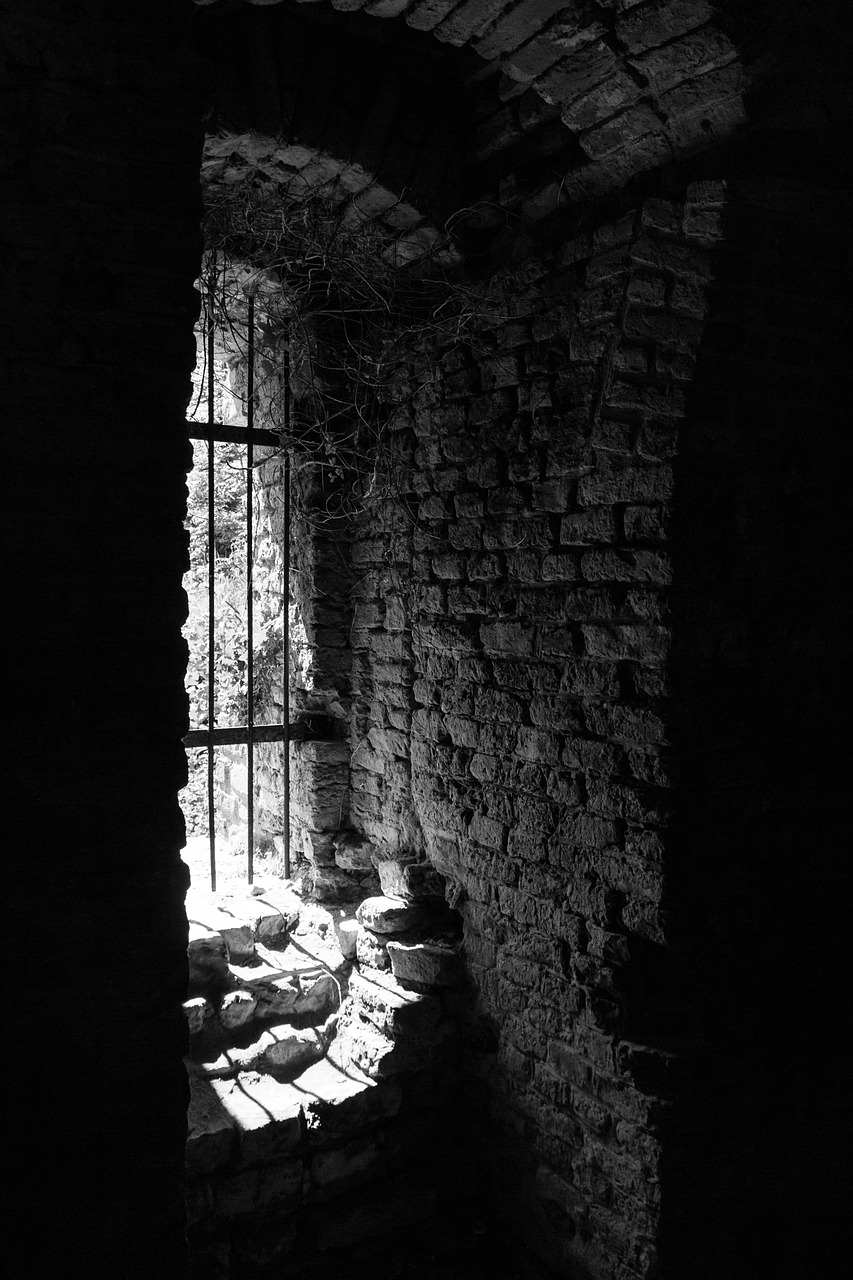So that, after size and weight, the Power of architecture may be said to depend on the quantity (whether measured in space or intenseness) of its shadow; and it seems to me, that the reality of its works, and the use and influence they have in the daily life of men (as opposed to those works of art with which we have nothing to do but in times of rest or of pleasure) require of it that it should express a kind of human sympathy, by a measure of darkness as great as there is in human life: and that as the great poem and great fiction generally affect us most by the majesty of their masses of shade, and cannot take hold upon us if they affect a continuance of lyric sprightliness, but must be serious often, and sometimes melancholy, else they do not express the truth of this wild world of ours; so there must be, in this magnificently human art of architecture, some equivalent expression for the trouble and wrath of life, for its sorrow and its mystery: and this it can only give by depth or diffusion of gloom, by the frown upon its[Pg 84] front, and the shadow of its recess.
John Ruskin in “The Seven Lamps of Architecture” p. 83
Architecture and the shadows of life
